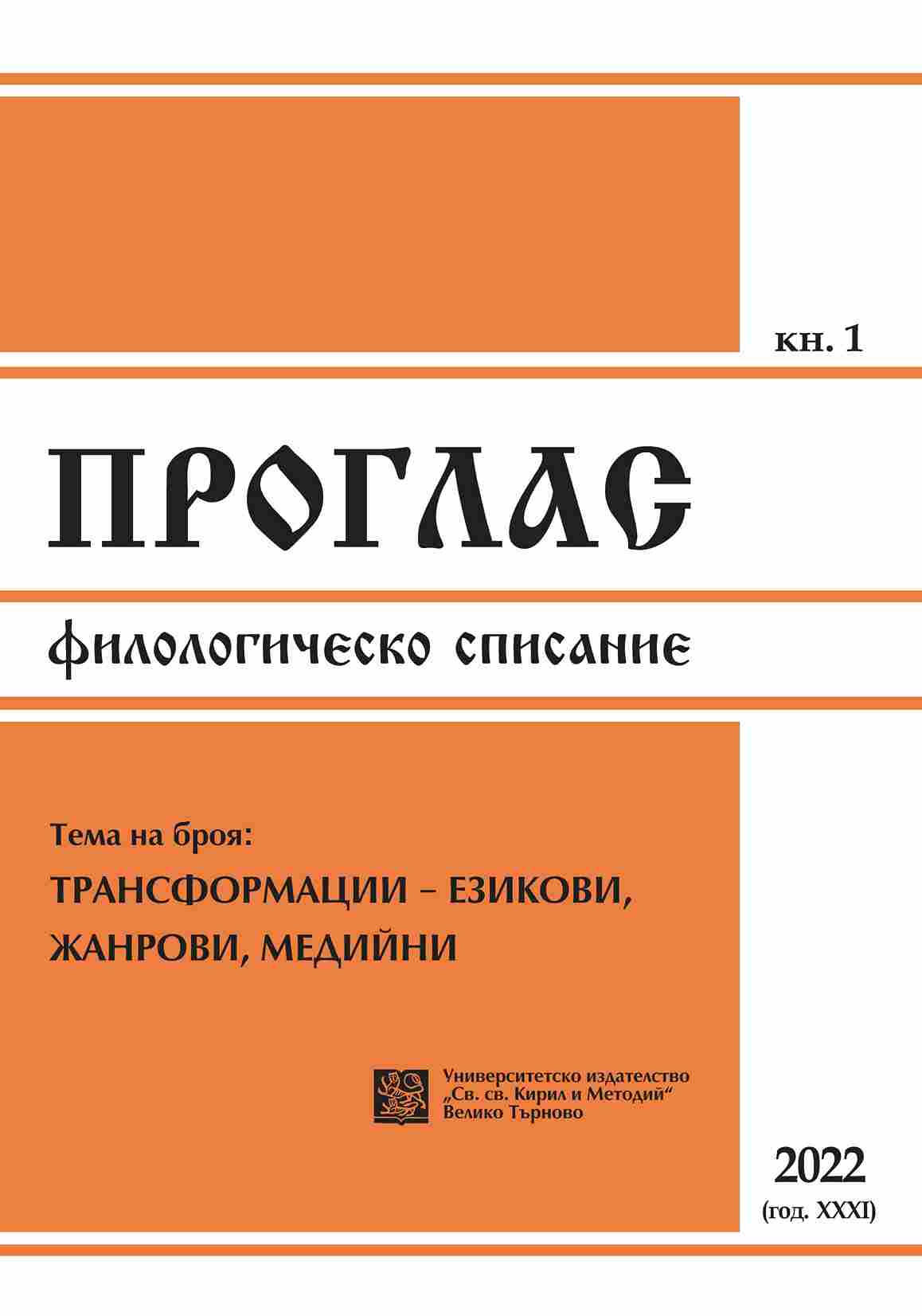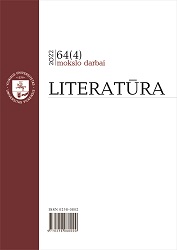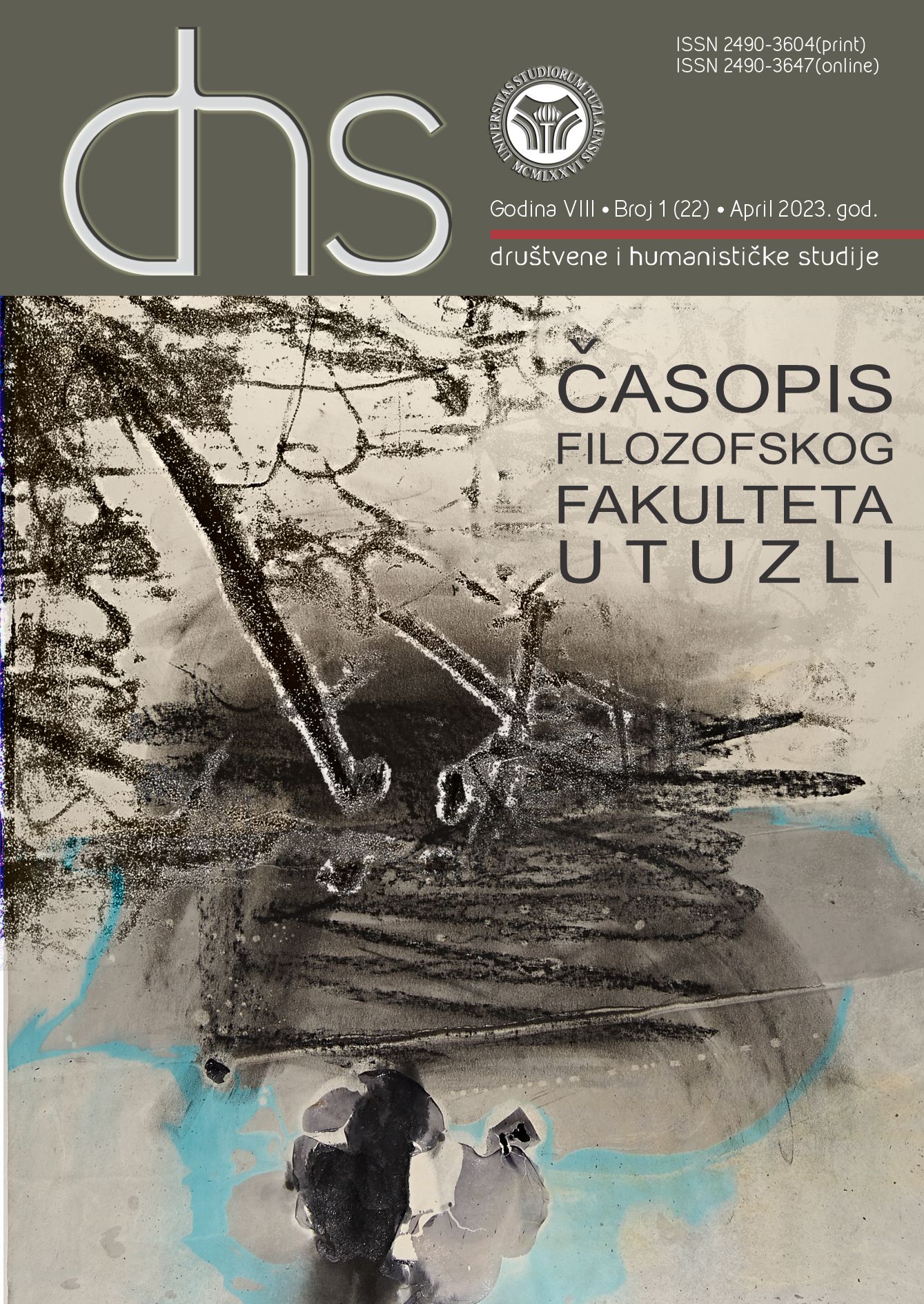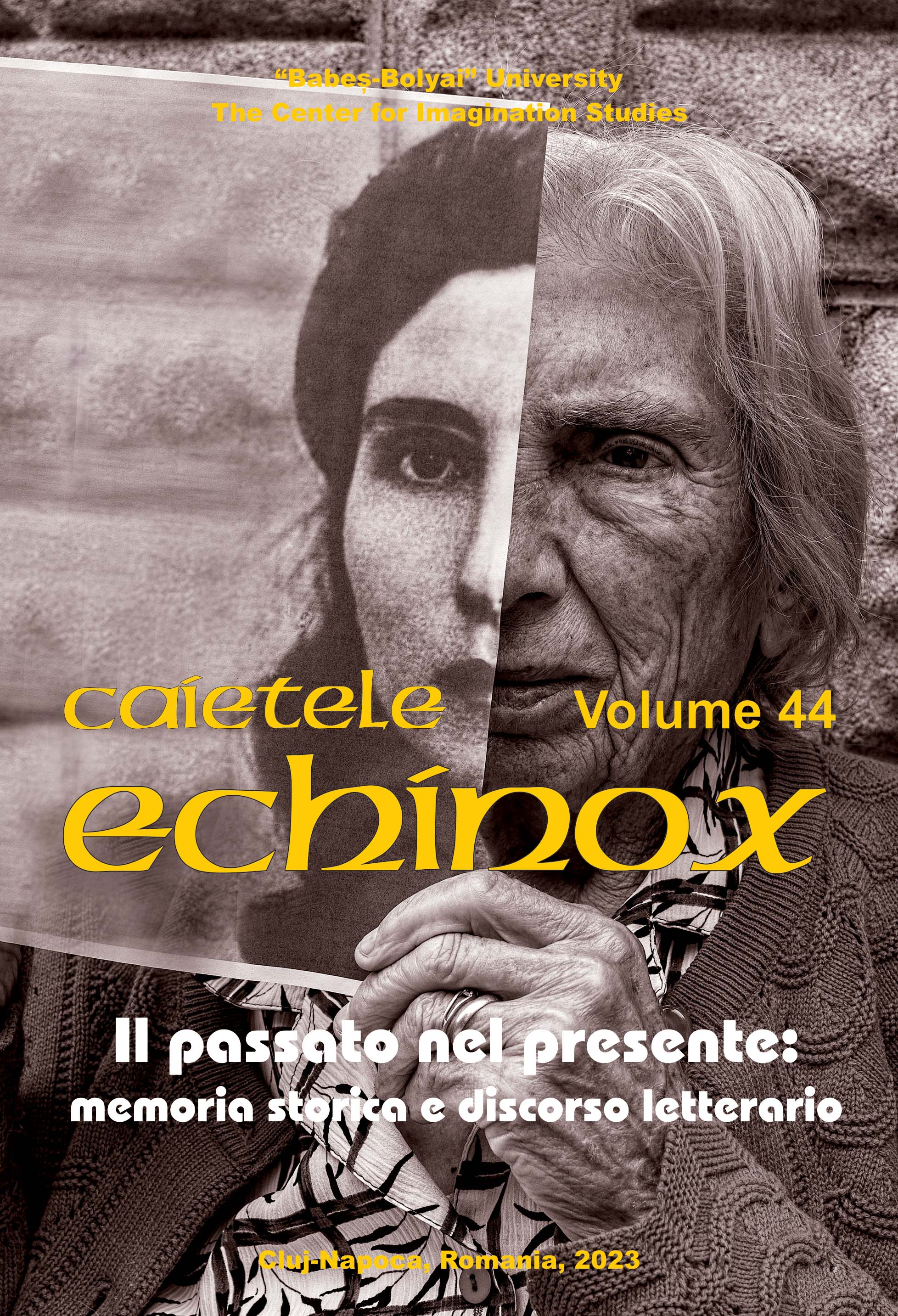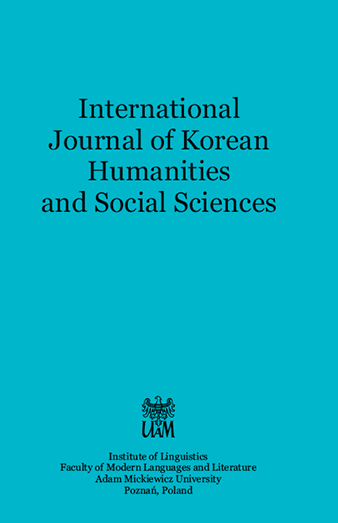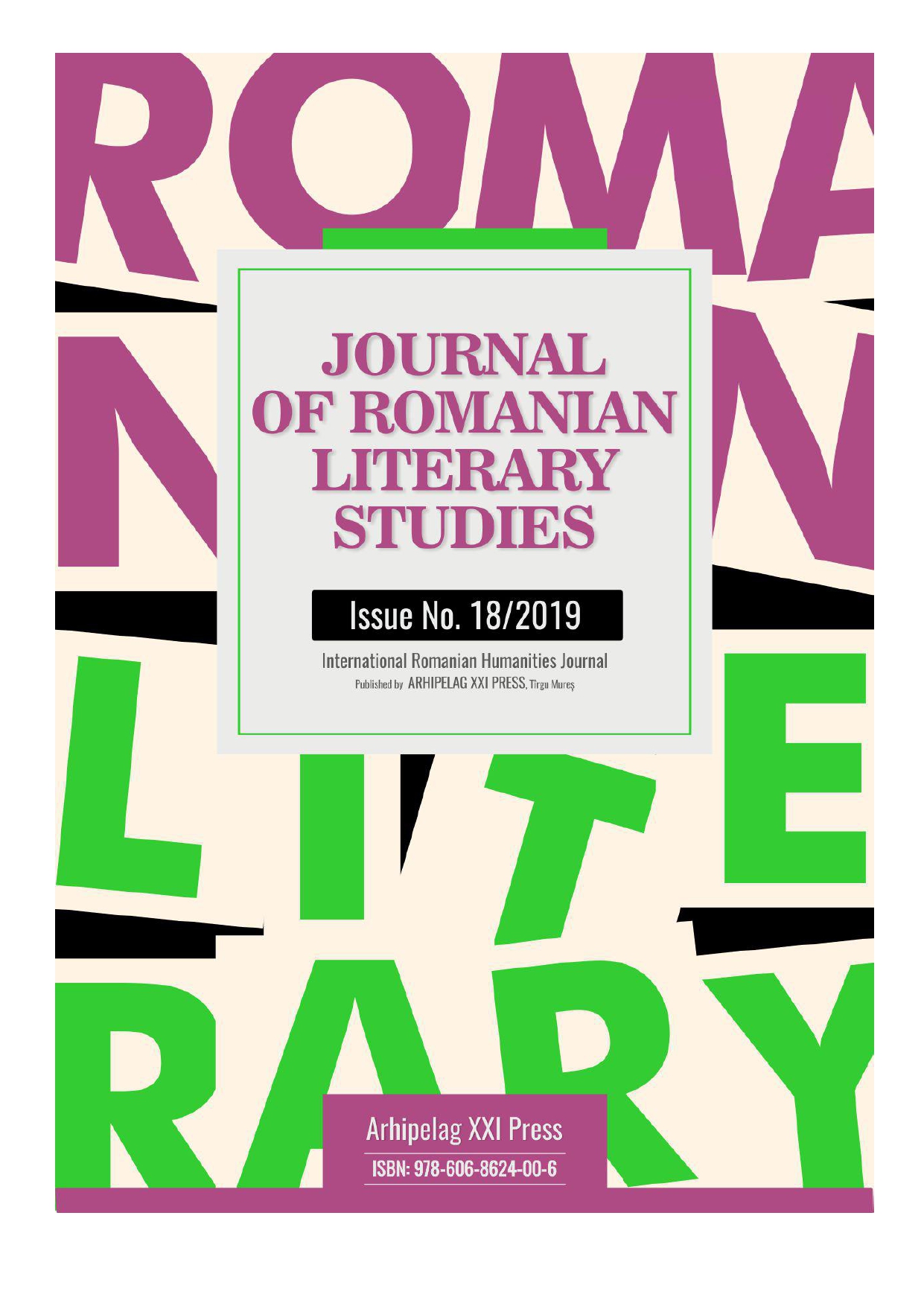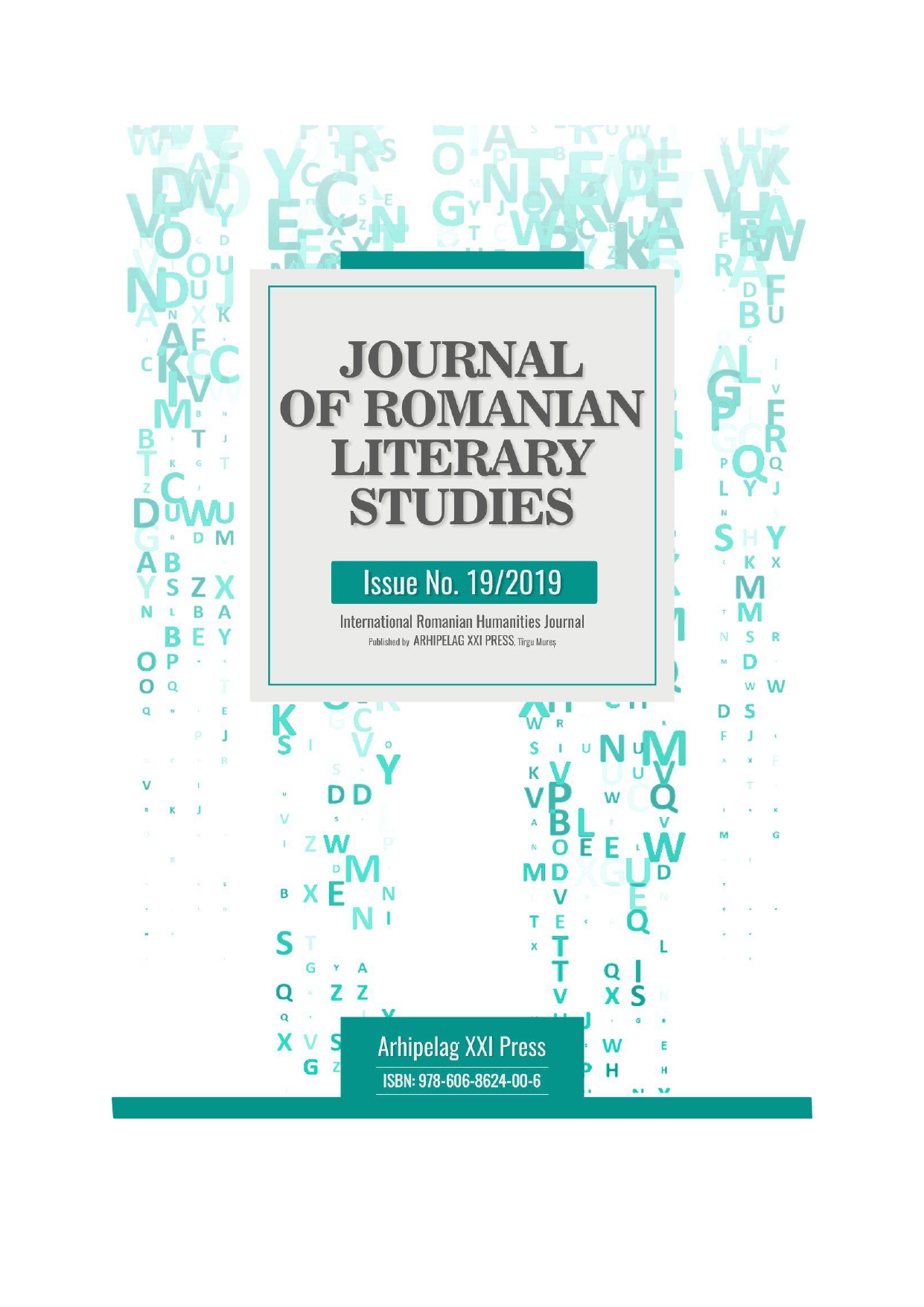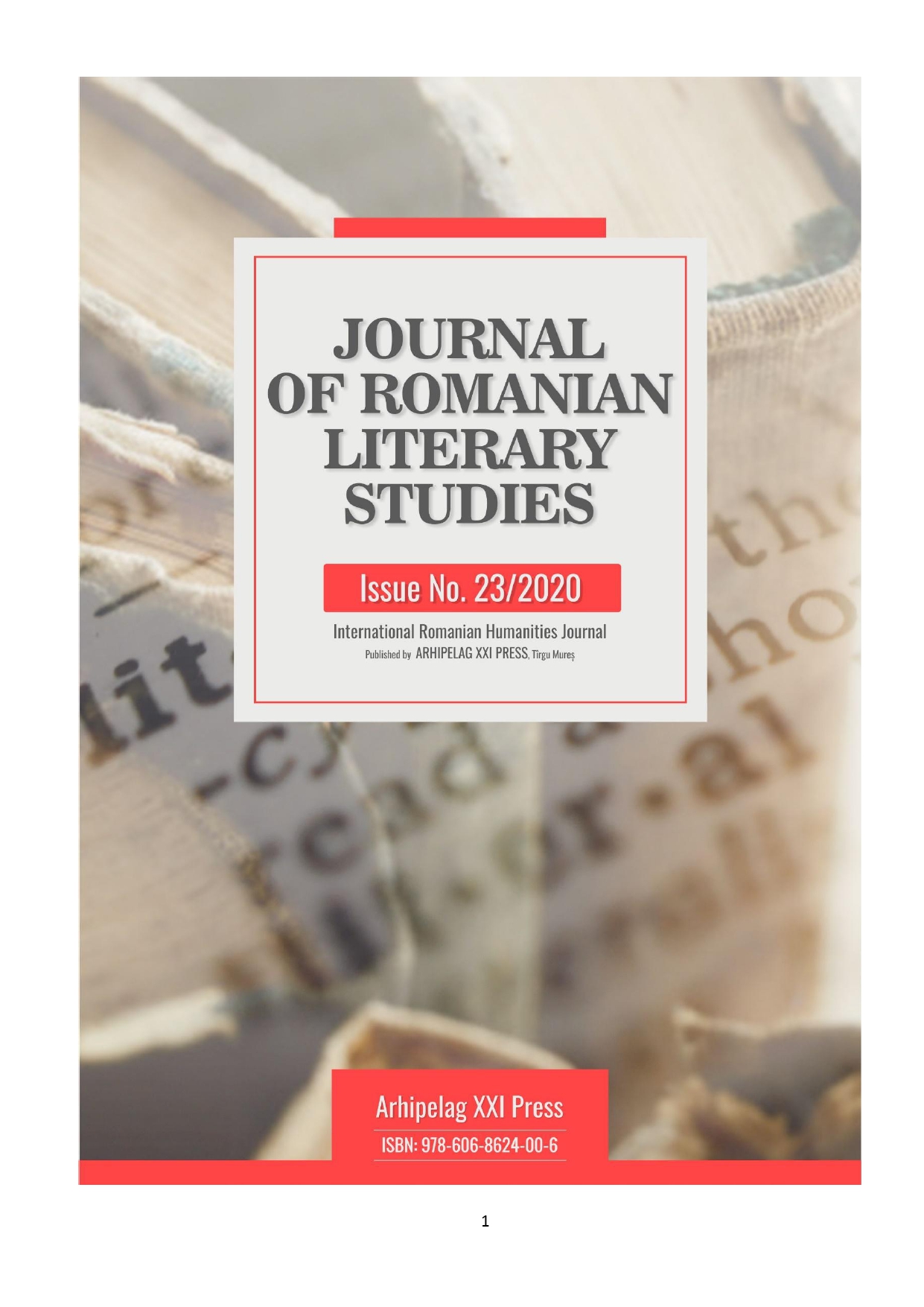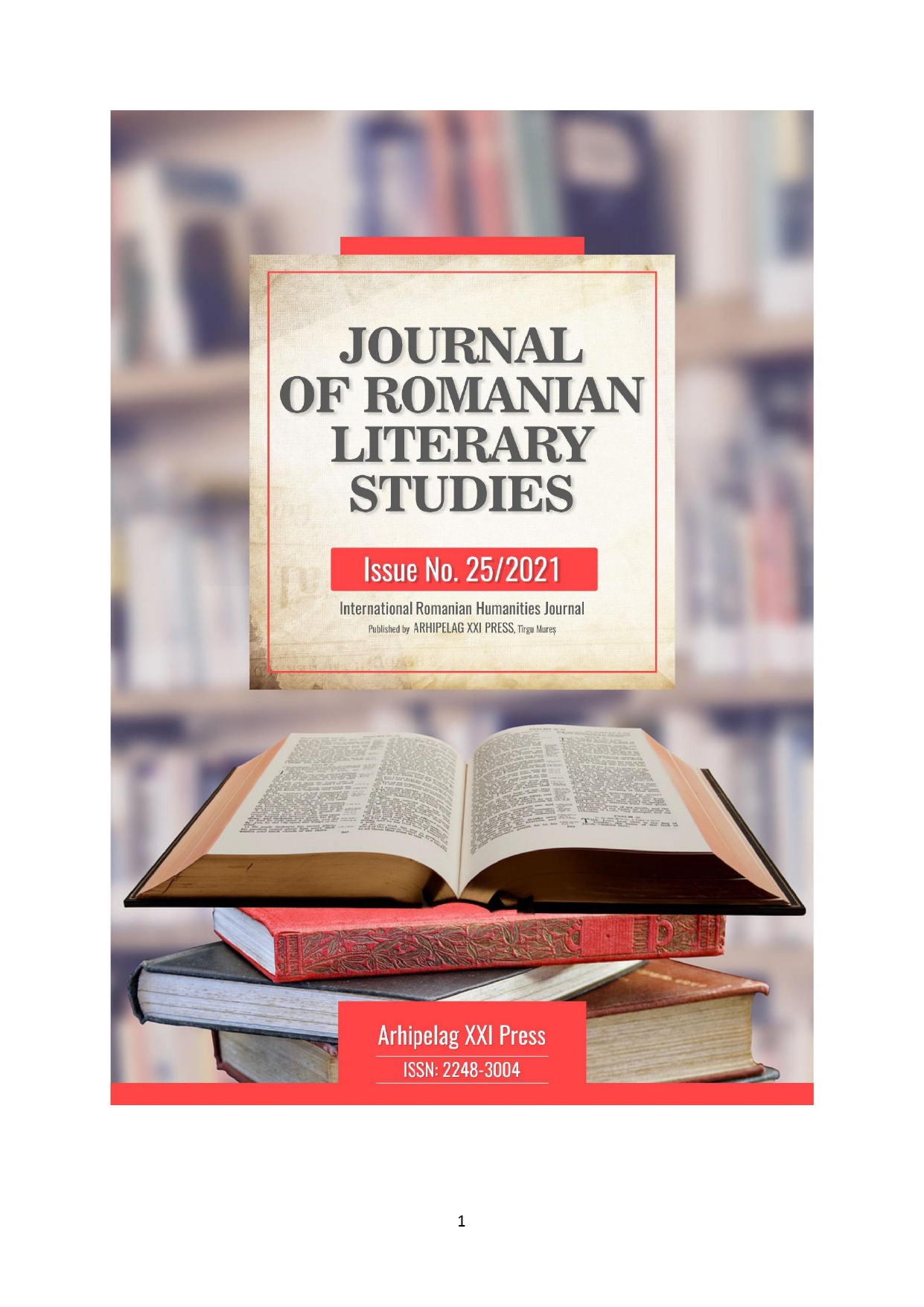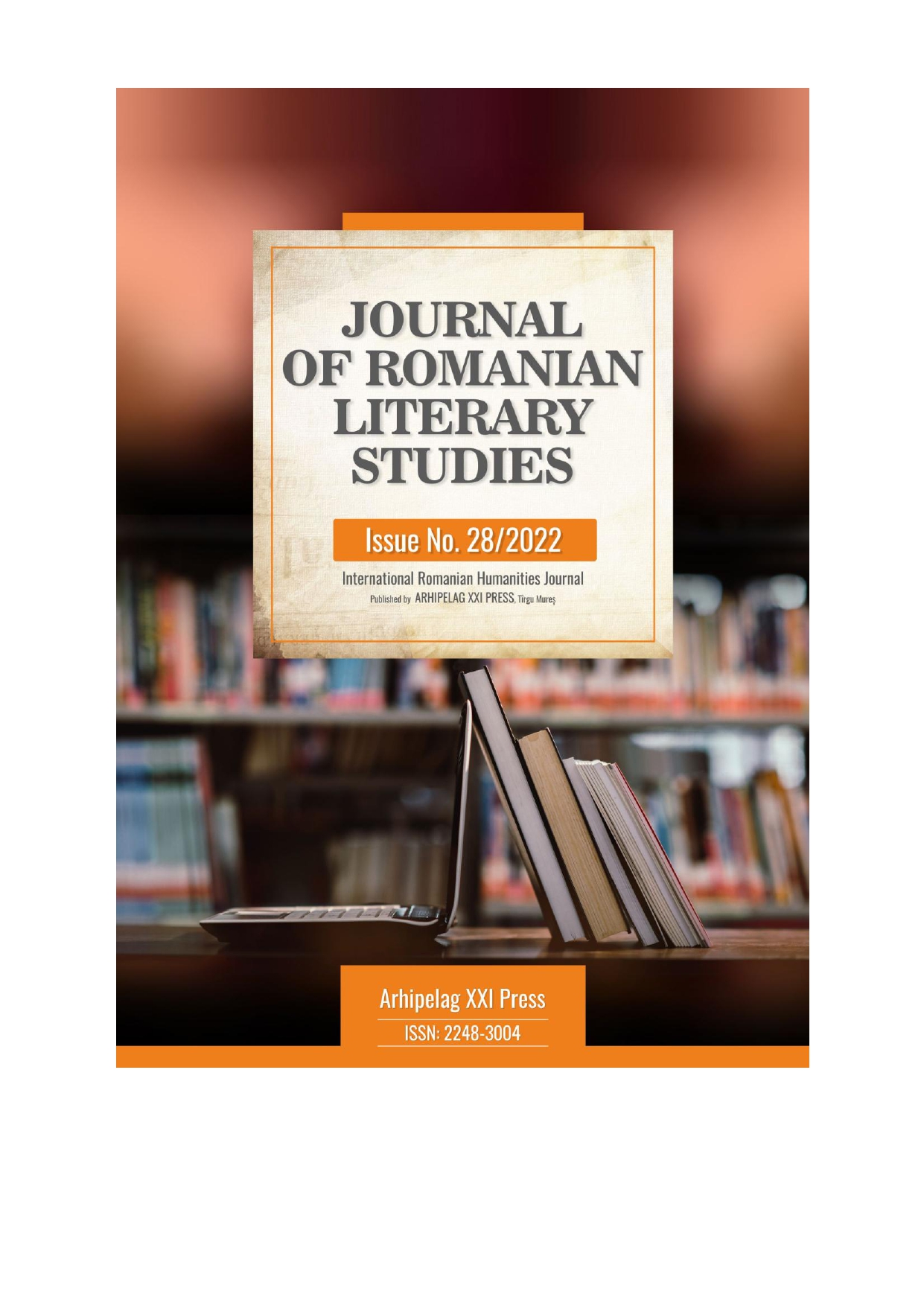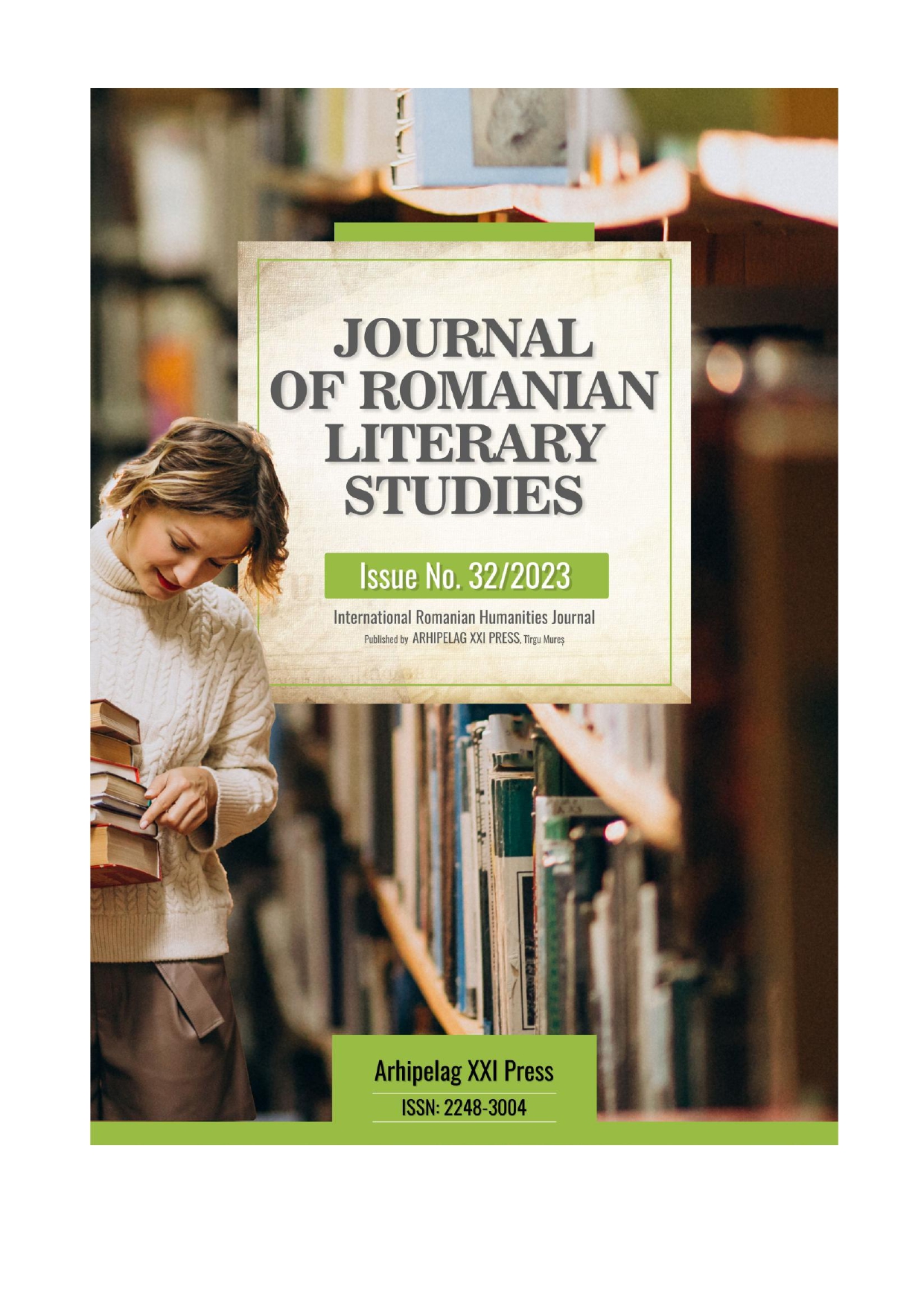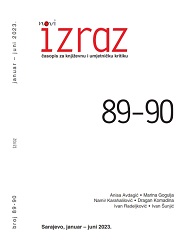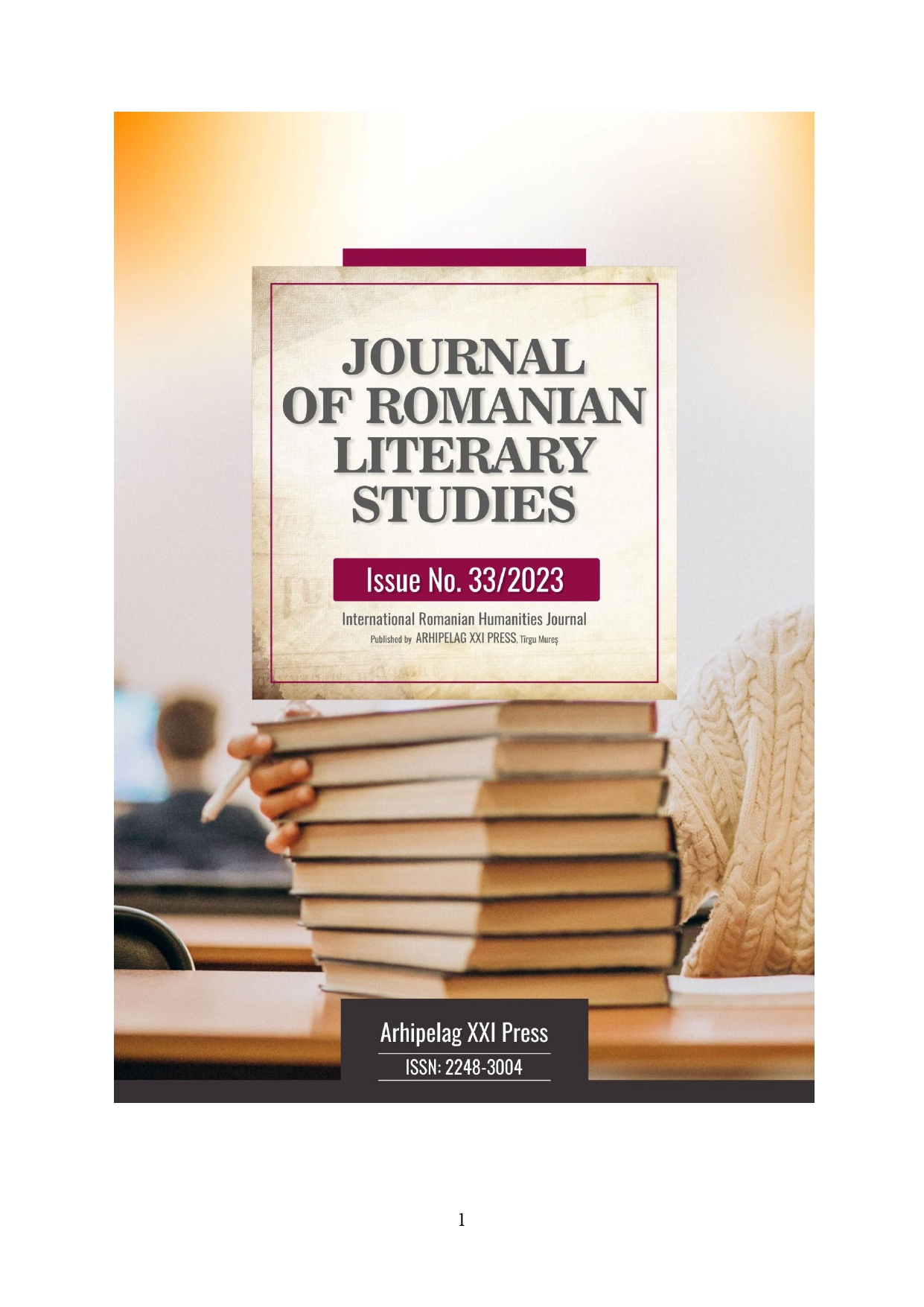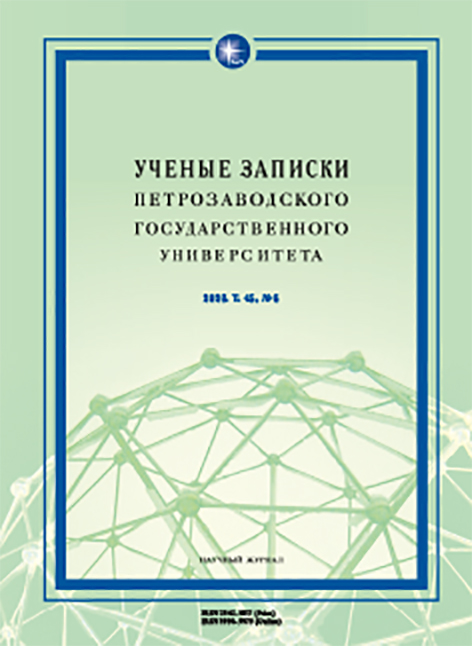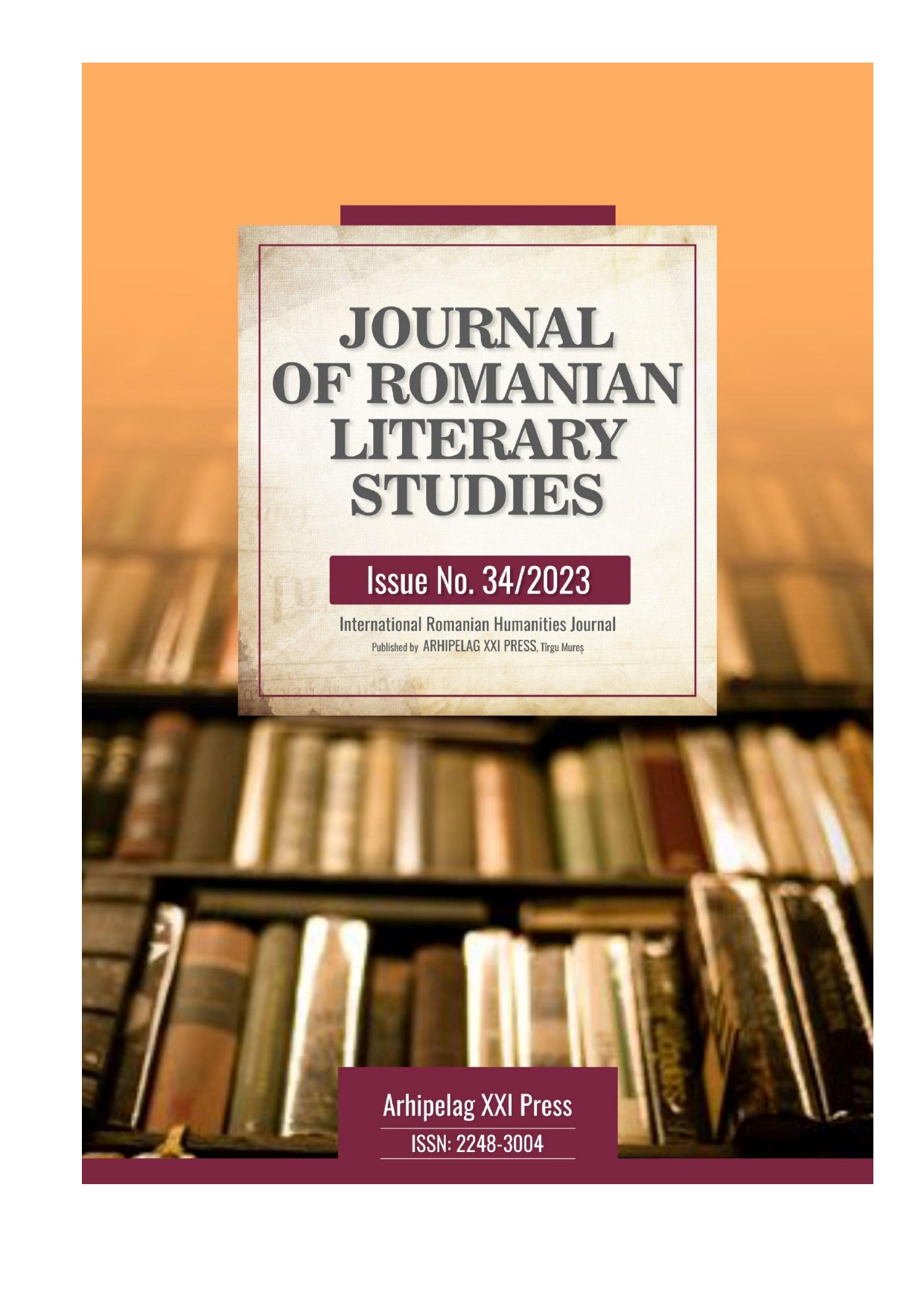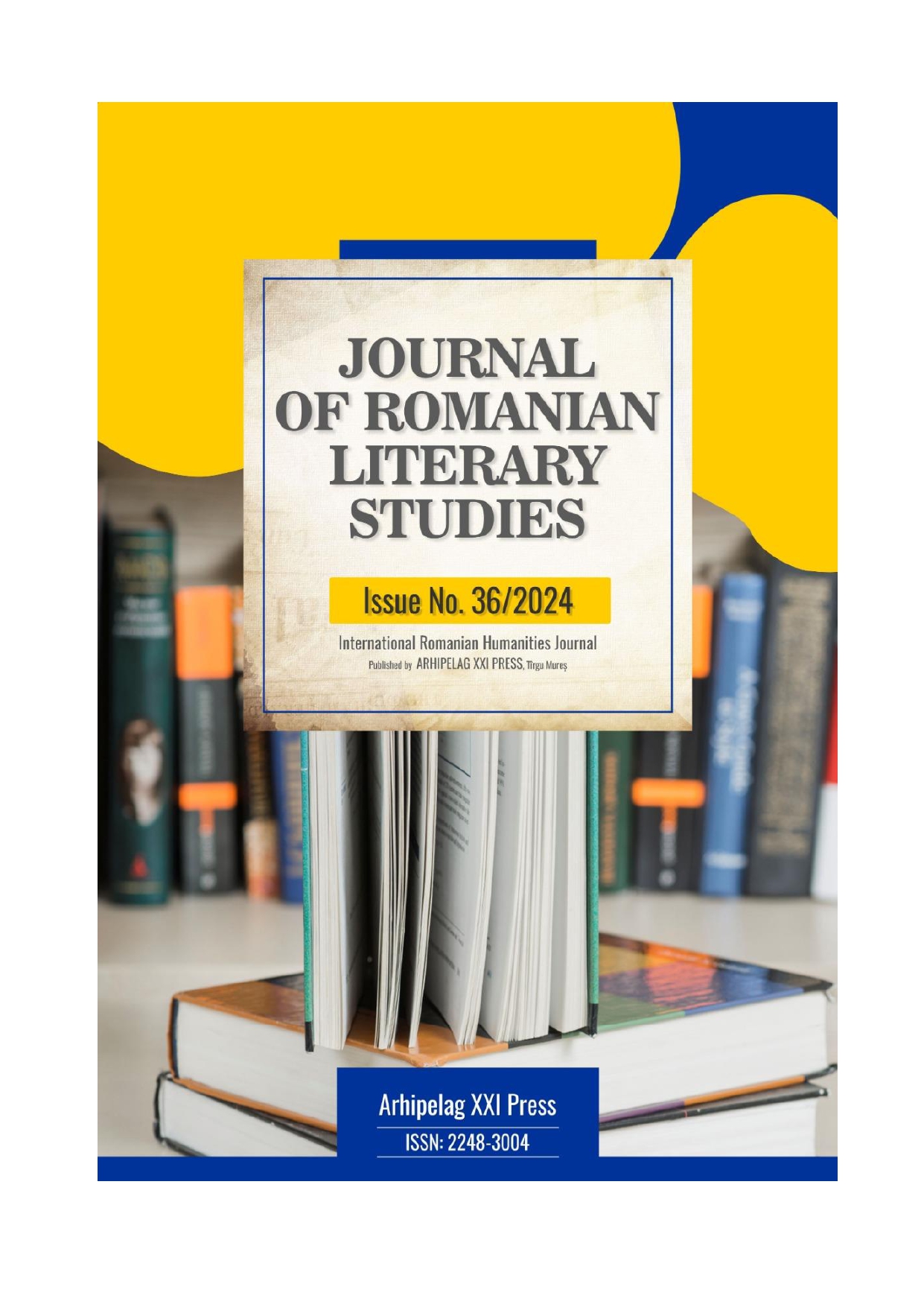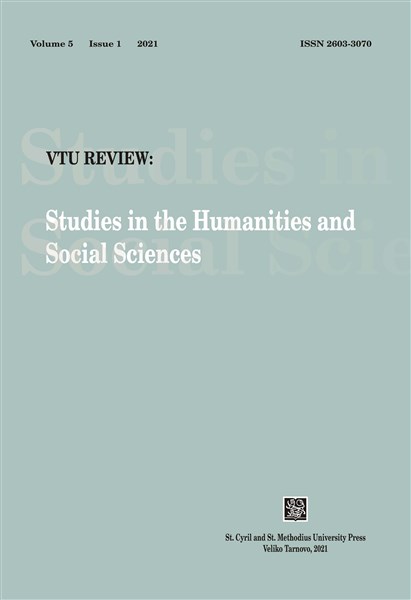
Eastward Ho! Aspects of Eastern European Writing Translated into Irish
The article focuses on translations into Irish of literary texts by writers from several central and eastern European countries. The author adopts a historical approach by first drawing attention to the Irish language as a means of literary expression and a vehicle for the translation of classical texts in the Middle Ages. Irish came under sustained attack because of English rule from the seventeenth century onwards and was only spoken by the poor and the marginalized in the middle of the nineteenth century. However, towards the end of the nineteenth century the language experienced a revival. The latter process was intensified following the establishment of the Irish Free State in 1922. In 1926, a project for literacy and provision of reading material in the Irish language was implemented, and a government publishing company known as An Gúm started producing books for the new Irish-reading public. Since the start of the project, the general tendency has been for books by western European writers to be translated into Irish. However, a significant number of texts by eastern and central European authors, ranging from classics by Tolstoy and Chekhov to novels and short stories by contemporary Russian and Slovenian authors, have also been published over the years.
More...
